
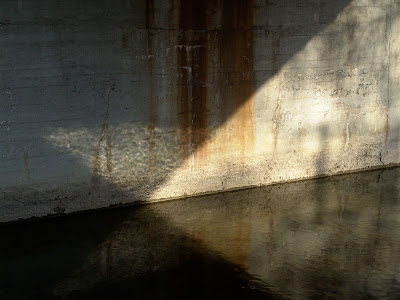

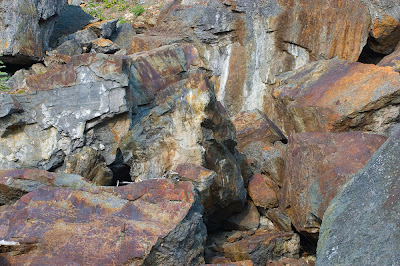
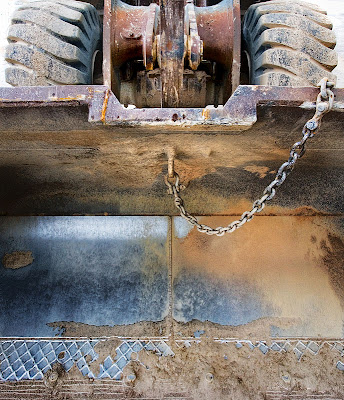
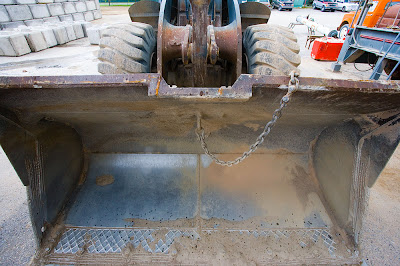
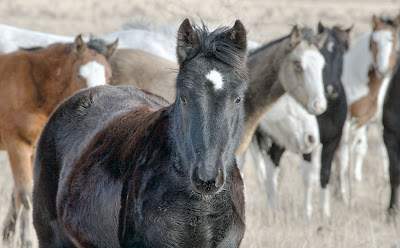
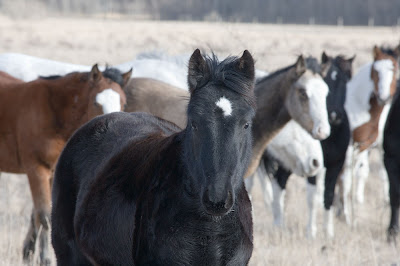
I thought I'd go through my files and show some examples of the various types of cropping. It wasn't easy - I had to go through a lot of images to find relatively few examples of cropping. Partly this is because I frequently stitch images and in that situation, I simply shoot enough images to create whatever aspect ratio I want - two images with about 35% overlap results in a square image, four images means recreating the 2:3 ratio of standard 35 mm. and more can create various versions of panoramic images.
Here's some examples of fairly typical grounds for cropping - losing either height or width but not both to improve composition, shooting animals in which precise framing can be problematic, using the longest lens I own so further cropping in camera isn't possible, and the occasional image which is just plain better with a bit of trimming that could have been done in camera but wasn't.



1 comment:
Love that first image.
Post a Comment